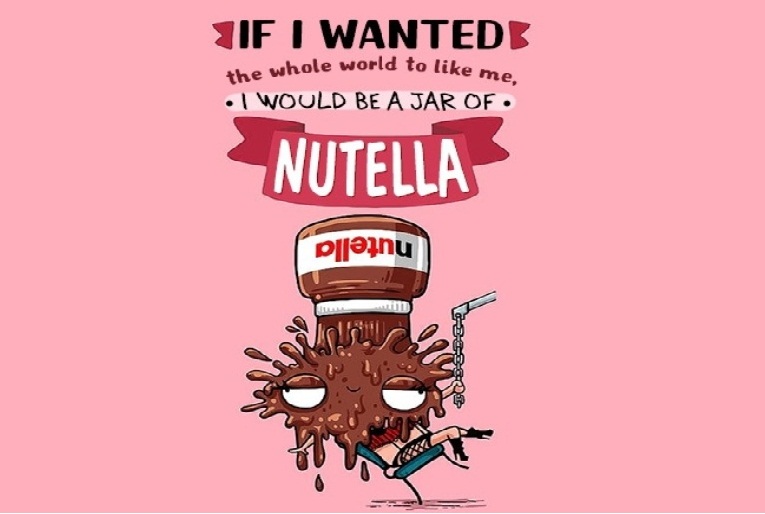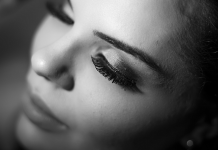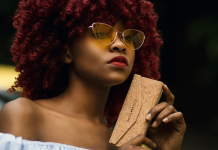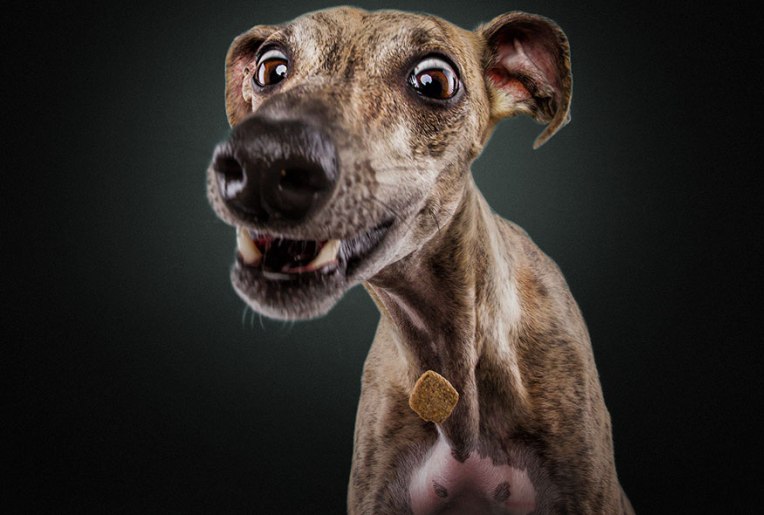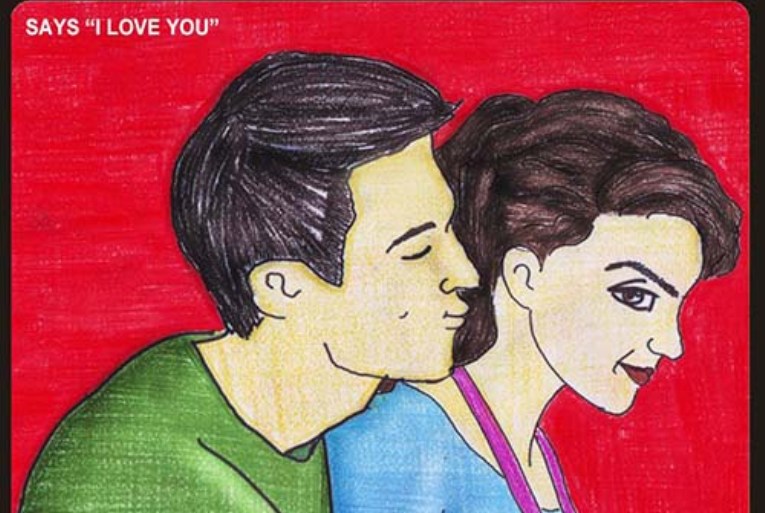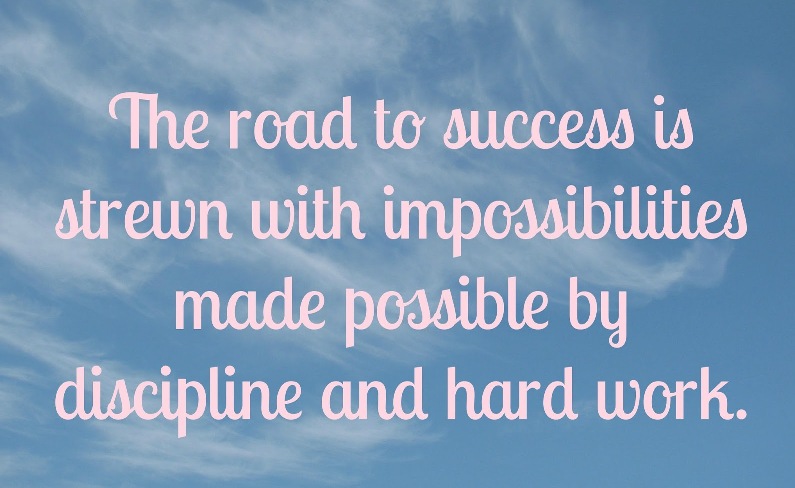True, coloring your hair a darker color has different impacts on your hair than going lighter or bleaching colors.
Summer hair should be dark to create a strong statement. The cuticle of your hair is lifted when you dye it dark. You’re also adding more color molecules to it. That doesn’t mean there aren’t downsides to going dark. People who dye their hair dark or light use chemicals to make it look different on the outside by adding or taking something away from each strand.
However, hair dyeing your hair a deeper shade has its advantages and drawbacks. You might be surprised by these five effects of darkening your hair.
5 benefits of hair dye when go darker
1. Shiny and Bouncy Hair
Hair dyeing can either coat each strand of hair with color (non-permanent color) or penetrate each hair cuticle, enter the hair cortex, and form a bond with the hair strand (permanent color). For those who want to darken their hair without sacrificing volume, this is a simple process that lifts and adds color molecules to the cuticle. These color molecules also give your hair a shine that a lighter look won’t give it. When you are dying, your hair is dark; you are adding something when you go dark and taking it away when you go light. This is how it works. A simple way to get even shinier hair is to use a hair gloss instead of your favorite mask once a week.
2. Hair Damage
Going darker hair color is significantly less damaging than lightening it, but everyone is different, and their hair reacts differently. In the coloring procedure, an alkaline substance called ammonia is employed to boost our hair’s pH. The color can then be applied to the cortex when the cuticles of the hair strands have been lifted (the inner part of the hair protected by the cuticles). Ammonia can also be used to lighten the hair’s natural pigment so that it can be re-colored. Because you’re modifying your hair chemically, expect your hair to feel dryer at first. Regardless of how you look at it, there will be a difference.
3. Hard to go light again
There are a lot of color molecules in your hair when you add them. You can’t change your mind and go back to a lighter shade right away. In order to lift your hair from being dyed dark, you have to break through another layer of hair color. It will get lighter in the future, but it will most likely be darker than what you want. The way you first got to dark also plays a role. If you dye your hair dark, it’s almost impossible to get it to light again. If you dyed your natural hair color a darker shade, you have a better chance of getting a hair color back. There are a lot of layers of color molecules to get what you want, so you should think very carefully before going dark. You should also think about what kind of in-between shades you can live with if you ever decide to go lighter again.
4. It Can Be Rough
P-phenylenediamine is a chemical found in many dark colors (PPDA or pPD). Swelling, stinging, burning, and redness can occur as a result of allergic reactions to dark hair dyeing products. Even though severe allergic responses are extremely rare, they do occur, and when permanent dark color is the culprit, they can be quite severe. PPDA doesn’t always bother people, and allergies can grow over time. There’s no way to know in advance if PPDA will bother you. The best thing to do is to make sure that you always do a patch test before you dye your hair. If you feel any burning or itching, or if your face swells or turns red, wash your head right away and call a doctor. Do this as soon as possible.
5. Change Your Routine
The makeup that looked good with light hair may look too extreme (or not severe enough) with dark hair tinted in a different shade. Try new things and remember that a cat-eye is always a safe bet if you’re not sure what to do with it.
Other Advantages Of Dyeing Your Hair Darker
- If you’re changing your hair color significantly, you’ll either need to dye your brows to match or discover an amazing new product to fill them in. A professional is the only way to ensure that your eyebrows stay dyed permanently.
- Dark hair draws attention to the eyes, enhances the radiance of your complexion, and gives your face a stunningly dramatic frame. It is impossible to return once you have crossed over to the other side of the fence.
- Even though home hair coloring dye has come a long way, they still have some restrictions. Go for it if your ideal brunette tone is one to two shades darker than your natural hue, grab a box and do it. Unless, of course, you’re willing to go even darker.
- If you’re going a two shade darker than your natural hue, the upkeep will be minimal. If the shift is more significant, you should be prepared to see the changes’ roots. Retouching your color every three to four weeks is necessary to maintain it vibrant and to keep your roots hidden.
- You’ll want to avoid clarifying and volumizing shampoos once you’ve gone darker, since they tend to lift up your hair cuticles and speed up the color loss. As much damage as being out in the sun can do, so ask your colorist about a color depositing conditioner before you head out for spring break or summer vacation.
- The majority of dark colors are a combination of several colors that meet a variety of color problems. There will be some study involved before you can decide on a color: Consider seeing your colorists or conducting online research before committing to a hair color!
Read More : Seven best practices to improve your singing skill


